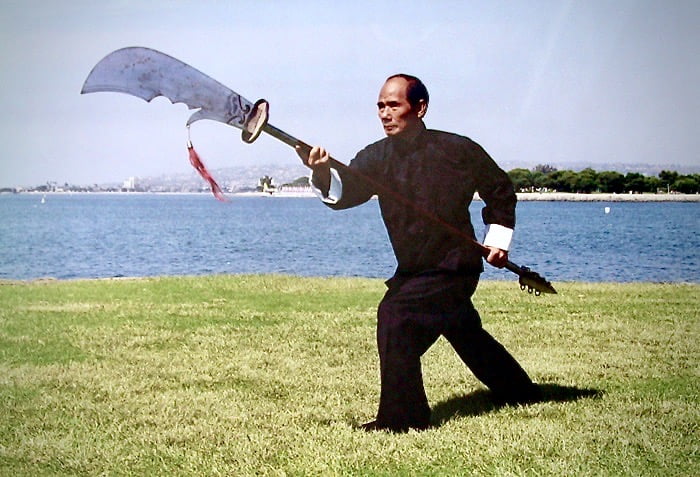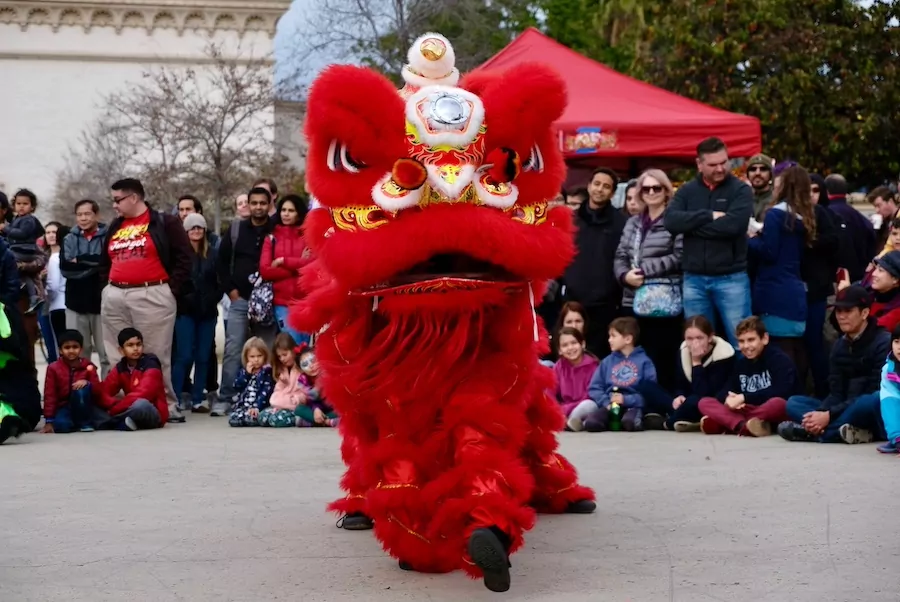The White Dragon School Blog

Getting Smart With Your Martial Arts Training
Do you ever feel stuck? Unmotivated? Frustrated? We can help you with that. It’s called a SMART goal.
Most people avoid setting goals because they never really learned how to do it correctly. This often causes procrastination and the feeling that goal setting really isn’t worthwhile. However, when done right, setting goals will help build your discipline, stoke your motivation, and give you a sense of direction. It’s for these reasons that world class athletes, top performers, and successful entrepreneurs all set goals.
Think of a SMART goal as an organized plan. You wouldn’t try to build a house without one, and you shouldn’t pursue a Kung Fu Black Sash or Tai Chi Black Fringe without one either.
“If you fail to plan, you plan to fail.” – Benjamin Franklin
A SMART goal introduces a framework and structure to help transform your resolutions into actionable steps. SMART is an acronym for: Specific, Measurable, Attainable, Relevant, and Time Bound.
Specific: Get Real with the Details
Many adults join a martial arts school to “get into better shape” or “learn self-defense.” Although those are great aspirations, as goals they are a bit too general and even ambiguous. If these are some of your goals, you would do much better to get clear and be very detailed about the objective. For example, you could set a goal to “earn my yellow sash in six months.” This kind of specific goal would certainly build your fitness and improve your self-defense skill.
A great goal for kids and adults alike would be to stick to a regular training schedule. In this instance you could set a goal “to attend group classes three times a week” or if you’re a parent “bring my child to group classes three times a week.”
Measurable: What Gets Measured Gets Managed
In addition to being specific, a goal must be measurable. It should be easily trackable so you know that you’re making progress. Knowing that you’re making progress, even the smallest amount, is also highly motivating!
Since strength and conditioning are a big part of martial arts training, you might set a goal to “hold a horse stance for two minutes” or “be able to do twenty push ups.” These goals will certainly take time to achieve, so start small by holding your horse for thirty seconds, or add one or two push ups a week until you get there. But most importantly, you’ll be able to measure your progress. (Personally, I like to write things down in my trusty White Dragon Moleskine notebook.)
These can also be great goals for kids. The amount of time and number of repetitions will need to be adjusted to an age appropriate difficulty level.
Attainable: Attempt the Achievable
At the beginning of a new goal, it’s easy to let your excitement overcome your logic and set a goal which is too big for the allotted time frame. Goals should stretch your limits so that you build new capabilities but if you set a goal which is too large or difficult, frustration and disappointment are sure to follow. Part of the goal setting process is knowing the balance of what you’re currently capable of doing and where your limits are.
So lets say your goal is to be able to deliver all of your side kicks to head level. This is certainly attainable by most people, but it’s a goal which will take a significant amount of time and effort to accomplish. In this instance it makes sense to break this big goal down into much smaller goals. So set a goal to be able to kick to waist level by the time you take your Yellow Sash test. Then perhaps you could set another goal to kick to the solar plexus level by the time you take your Green or Blue Sash test. Eventually, you’ll set your ultimate goal of kicking head level (or even higher) by the time you take your Black Sash test.
Relevant: Think Big for Your Next Small Goal
All goals should be meaningful and have alignment with a larger, more significant purpose. Begin a goal with the “end in mind” and above all else know the “why?”
What was it about martial arts that got you interested in the first place? Was it learning Kung Fu to defend yourself? Taking Tai Chi to improve your health? Building discipline or confidence? Getting more focused?
When working with new students, I always like to ask a few questions that help me understand their reasons for joining a martial arts school. However, most of the time when I ask these kinds of questions, I’m simply trying to have the student get clear on their own internal motivations. I’ve found that when a student is clear about their intentions, they are more likely to achieve difficult things.
Time Bound: You’re Just Not Thinking Fourth Dimensionally
Making a goal time dependent means that you have established a date for accomplishing your goal. A timeline will introduce a sense of urgency and help you to focus your energy and efforts.
When establishing your timeline, it’s also helpful to have both a start date and an end date. A start date will end procrastination and an end date will let you know whether or not you’ve achieved your goal.
An effective strategy is to break down large goals into smaller goals. A six month goal can be divided into a series of smaller goals. Like the sash goal mentioned above, a smaller goal would be to learn your first stripe material in four weeks, your second stripe material in another four weeks, and so forth. However, the key is to always have a finish line in mind.
The Kung Fu of SMART Goals
Goal setting is a skill that takes time and repetition for improvement. Don’t expect your first few SMART goals to be perfect. However with time and practice, you’ll become more focused and you’ll understand the process more clearly. Afterall, “kung fu” means “hard work over time” and goal setting is really no different.
“A goal is not always meant to be reached, it often serves simply as something to aim at.” – Bruce Lee
So remember, set a Kung Fu or Tai Chi goal that is specific, measurable, and attainable for the given timeframe. Above all else, choose a goal that is meaningful and get after it today!



















8 Comments
Very true, constructive, and practical! Thanks for sharing the knowledge!
Thank you for your feedback. Whether they are in the martial arts school or in your personal life, we could all use a little help when learning to set and achieve meaningful goals.
This was a fantastic review of all the goal achieving lessons we’ve been teaching at White Dragon since 1985. I really appreciate the organization and structure of this post. Thank you!
– Tai Sigung
I feel like writing this post was just simply reiterating the great things that you have taught over the years!
Thank you Tai-Sifu Stanley,
I admit, since COVID-19, then the late summer heat it’s been a focusing on my training has been challenged. I have also found without tournaments my training lacks constant incentive and structure. I am a first degree brown sash so this section of my curriculum require a big chunks of learning and patience. Thank you for this post, I feel inspired to follow this SMART training plan, it is a well designed template providing enough detail and examples to help me create some goals and a action plan. Thank you!! Thank you!!😊
Thanks for your feedback! Even after all this time, I’m still learning how to set and achieve goals. Keep at it and congratulations on your Brown Sash – First Degree!
[…] TIP: Learn about setting better martial art goals here. […]
[…] the best results, incorporate a variety of stretching methods into your weekly training regimen and stick with it. When applied over time, a well thought out stretching plan will help you achieve those […]